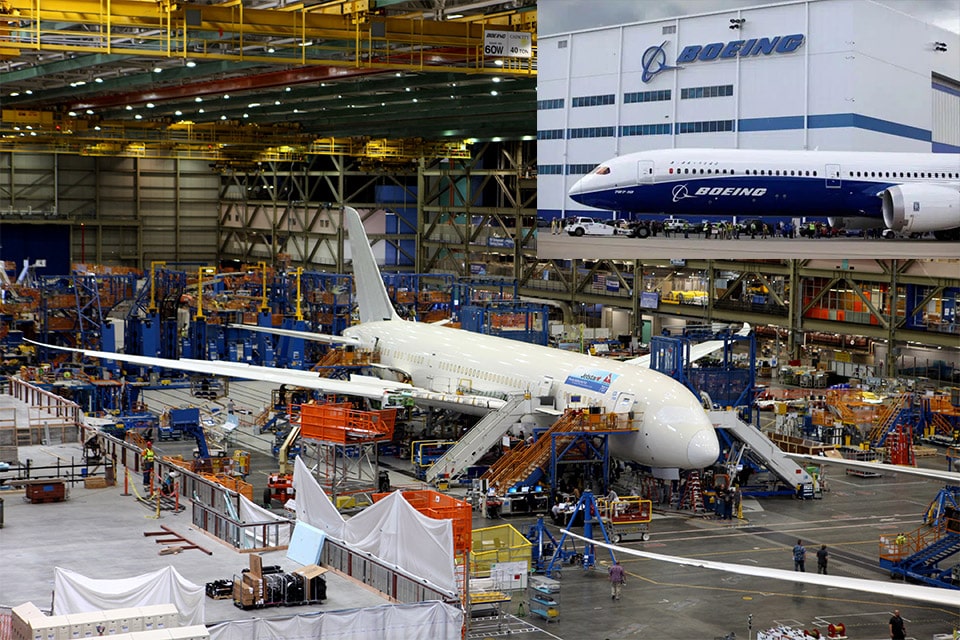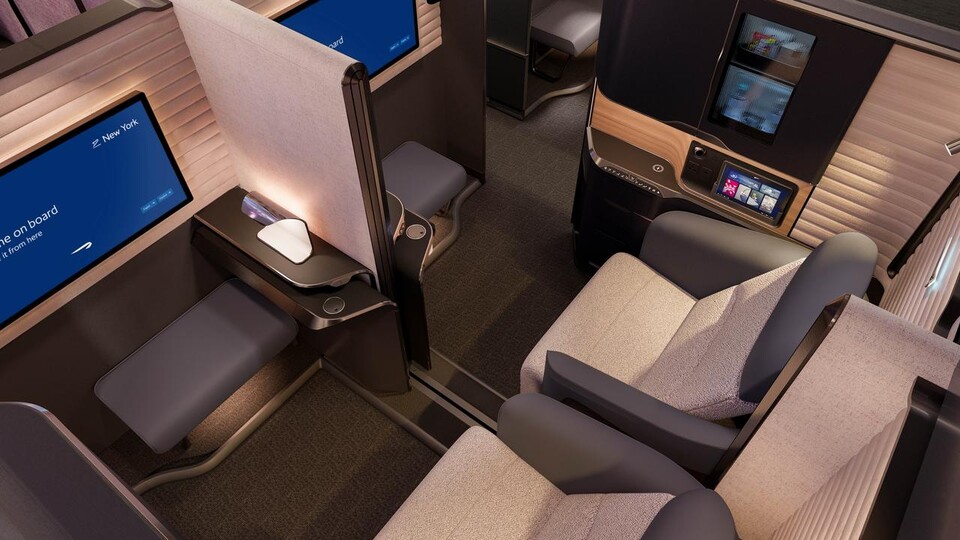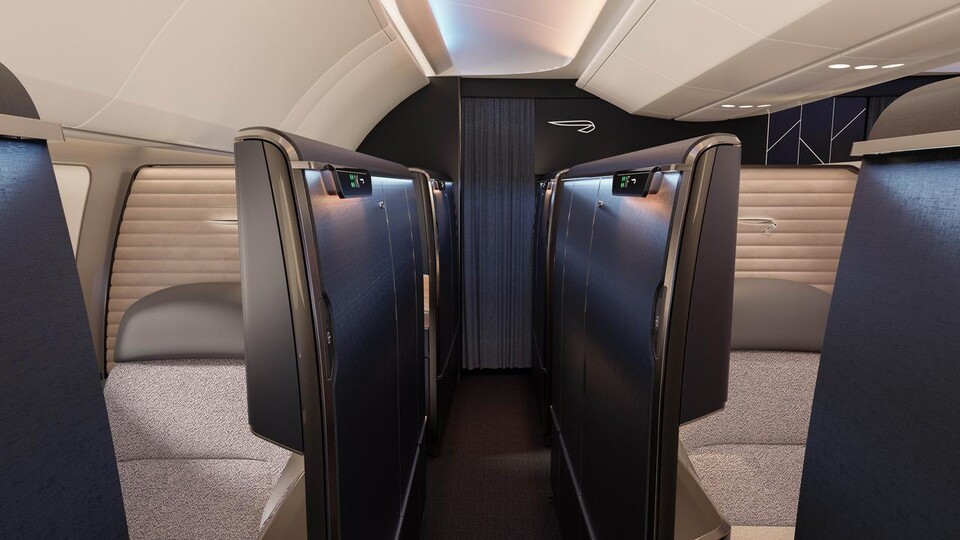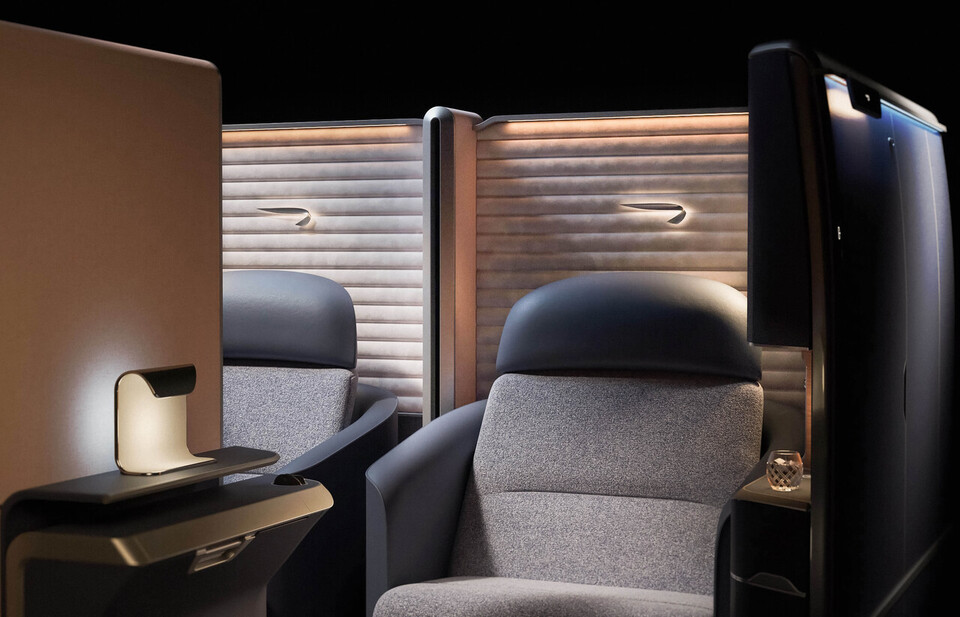Airlines
Boeing increases production rate of the 787 Dreamliner

Boeing Co. has raised widebody 787 Dreamliner manufacturing from three to four planes per month as it prepares to ramp up to five a month by the end of the year, a company official said on Tuesday.
To its facility in Charleston, South Carolina, Boeing intends to construct a second production line. The Charleston factory is expected to finish modifying the 787 inventory to meet U.S. Federal Aviation Administration requirements.
The modification consists of filling in extremely small gaps in the forward pressure bulkhead. Ballard said that Boeing’s plant in Everett, Washington, where 787s are also undergoing FAA standard modifications, will continue to carry out that work. Two months after Boeing revealed a sizable order for over 200 Dreamliners, Ballard announced the rate rise while giving reporters a tour of the company’s Charleston production plant.
After starting the year at a lower rate, the manufacturer declared in April that production had stabilized at three aircraft per month. In 2023, the business expects to deliver between 70 and 80 787 Dreamliners.

Airlines
British Airways Unveils Its Brand-New First Class Cabin for the Airbus A380

British Airways has introduced its brand-new First Class seat, blending sleek design with expert British craftsmanship. Reflecting modern British luxury travel, this new cabin is part of the airline’s Airbus A380 retrofit plans, set to take flight in mid-2026.
The updated First Class cabin has been crafted to feel like a modern luxury hotel in the sky, complete with cozy touches and thoughtful British details.
Etihad Airways Unveils 10 Exciting New Routes for 2025
Designed by top experts from across Great Britain and Ireland—including London, Glasgow, West Yorkshire, Kilkeel, and Dublin—the seat reflects the best of British design and quality.
Features and Comforts
The new First Class seat is ultra-wide at 36.5 inches, with a bed length of 79 inches for ultimate comfort. It includes:
- A multi-purpose ottoman and stowable table.
- A 32-inch 4K TV screen.
- Adjustable mood lighting with modes like “relax,” “dine,” and “cinema.”
- A cocooned 60-inch curved wall for privacy while maintaining a spacious feel.
Passengers traveling together can enjoy a shared experience with a sliding divider that creates a lounge-like space. The stowable tables also allow for “buddy dining,” where two people can dine together.
The cabin’s flowing curves, inspired by the iconic Concorde wings, create a welcoming and stylish environment. Additionally, passengers can now wheel their luggage directly into their personal storage space, making settling in easier.
This country tops visa rejections in the popular Schengen countries
British Airways carefully considered customer feedback when designing this cabin. The seat includes practical storage and features like a fully rectangular bed for home-like comfort. Every detail, from usability to elegance, has been designed to enhance the travel experience.
British Airways is proud to be the only UK-based European airline offering a First Class product across the Atlantic. british airways premium economy and First Class travelers enjoy exclusive perks such as stylish seats, access to luxury lounges, fast-track security, and the First Wing at Heathrow. The airline ensures a premium experience from booking to landing.
This cabin upgrade is part of British Airways’ £7 billion investment in improving customer experiences. The airline has already introduced over 120 initiatives, including new short-haul seats, free onboard Wi-Fi messaging, and refreshed lounges worldwide.
-

 Aviation2 months ago
Aviation2 months agoMicrosoft Flight Simulator Raises $3 Million to Bring Back the An-225 Mriya
-

 Airlines2 months ago
Airlines2 months agoQatar Citizens Can Travel to the United States Without a Visa
-

 Aviation2 months ago
Aviation2 months agoQatar Airways bans these new Electronic Devices on plane
-

 Defence2 months ago
Defence2 months agoWhich Country Has the Largest Fleet of Fighter Aircraft?
-

 Airlines5 days ago
Airlines5 days agoDAMAC Air: Dubai’s New Luxury Airline Offers Free Flights for Registration
-

 Airport2 months ago
Airport2 months agoWestern Sydney Airport Welcomes Its First Plane After 6 Years of construction
-

 Airlines4 days ago
Airlines4 days agoAir India to Launch aircraft maintenance training institute in Bengaluru
-

 Aviation2 months ago
Aviation2 months agoDid you know ? Once Boeing 747 carried 1088 passenger in 1991










